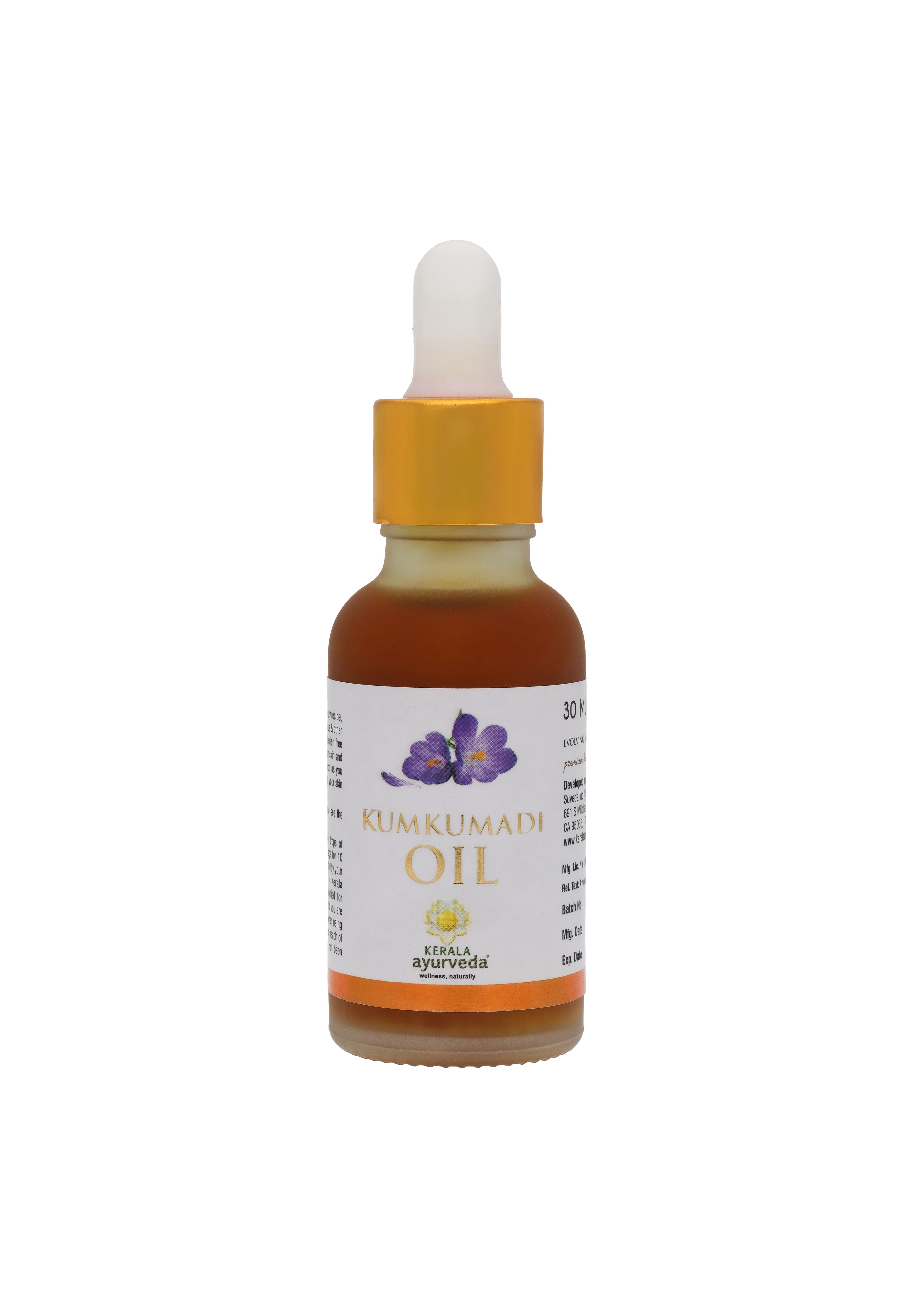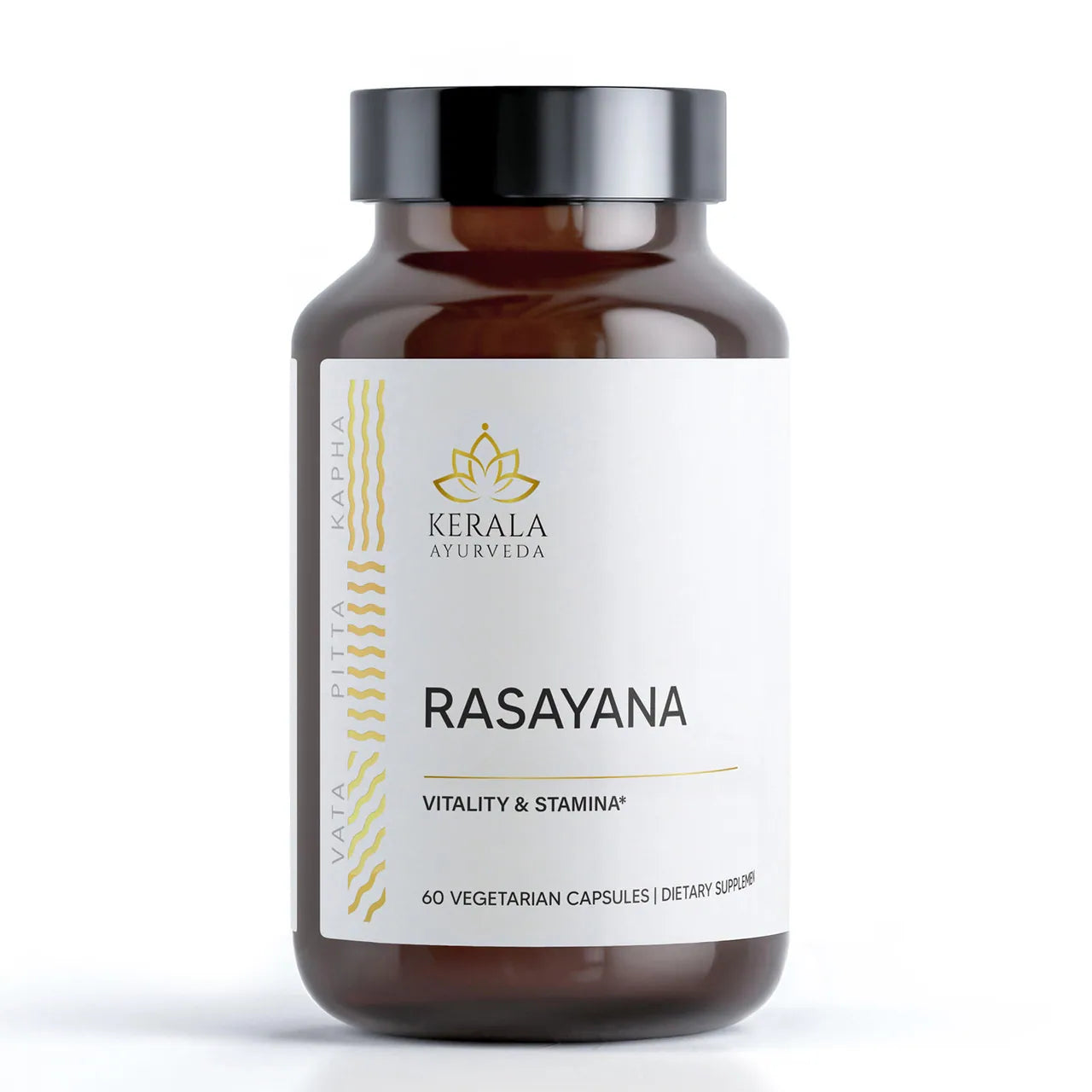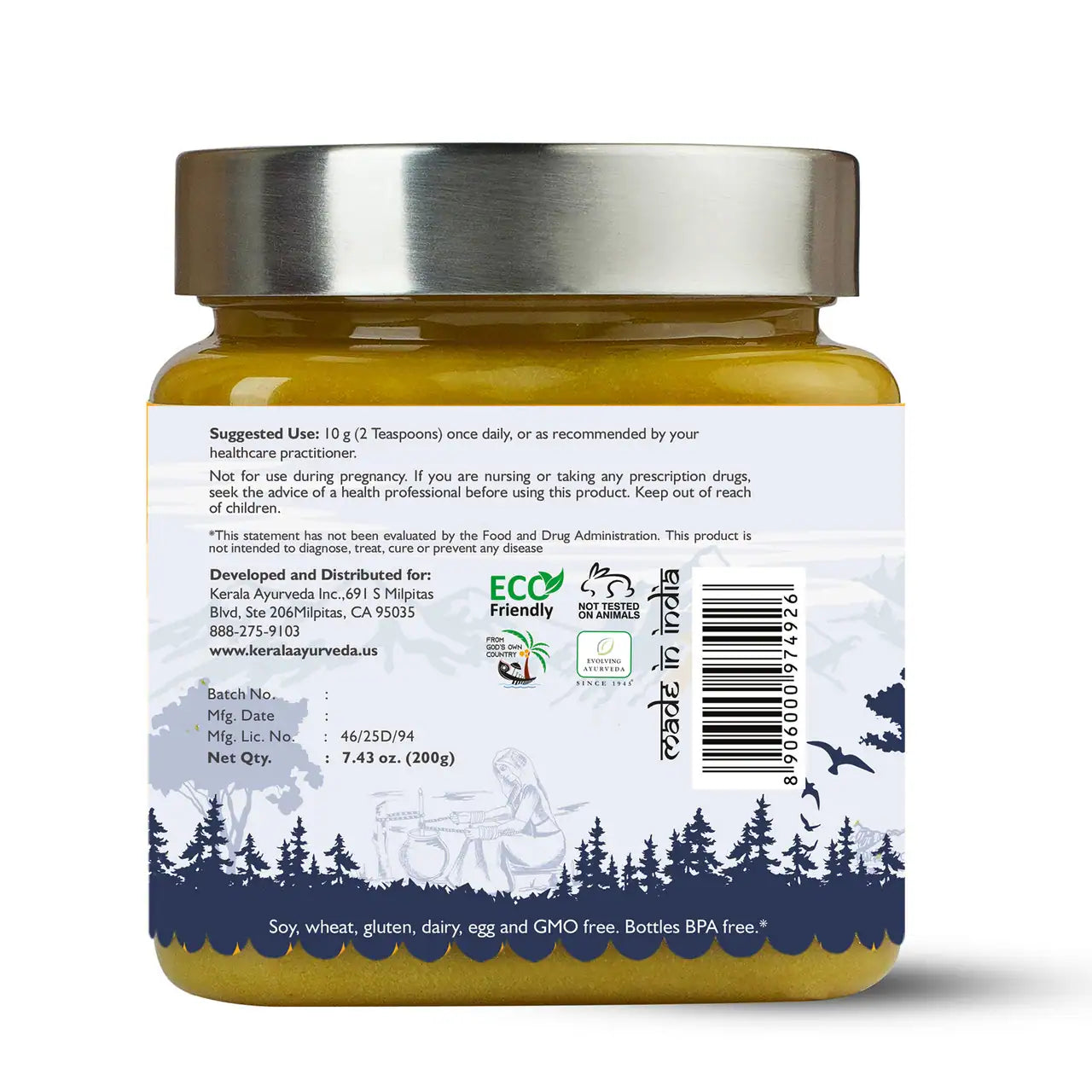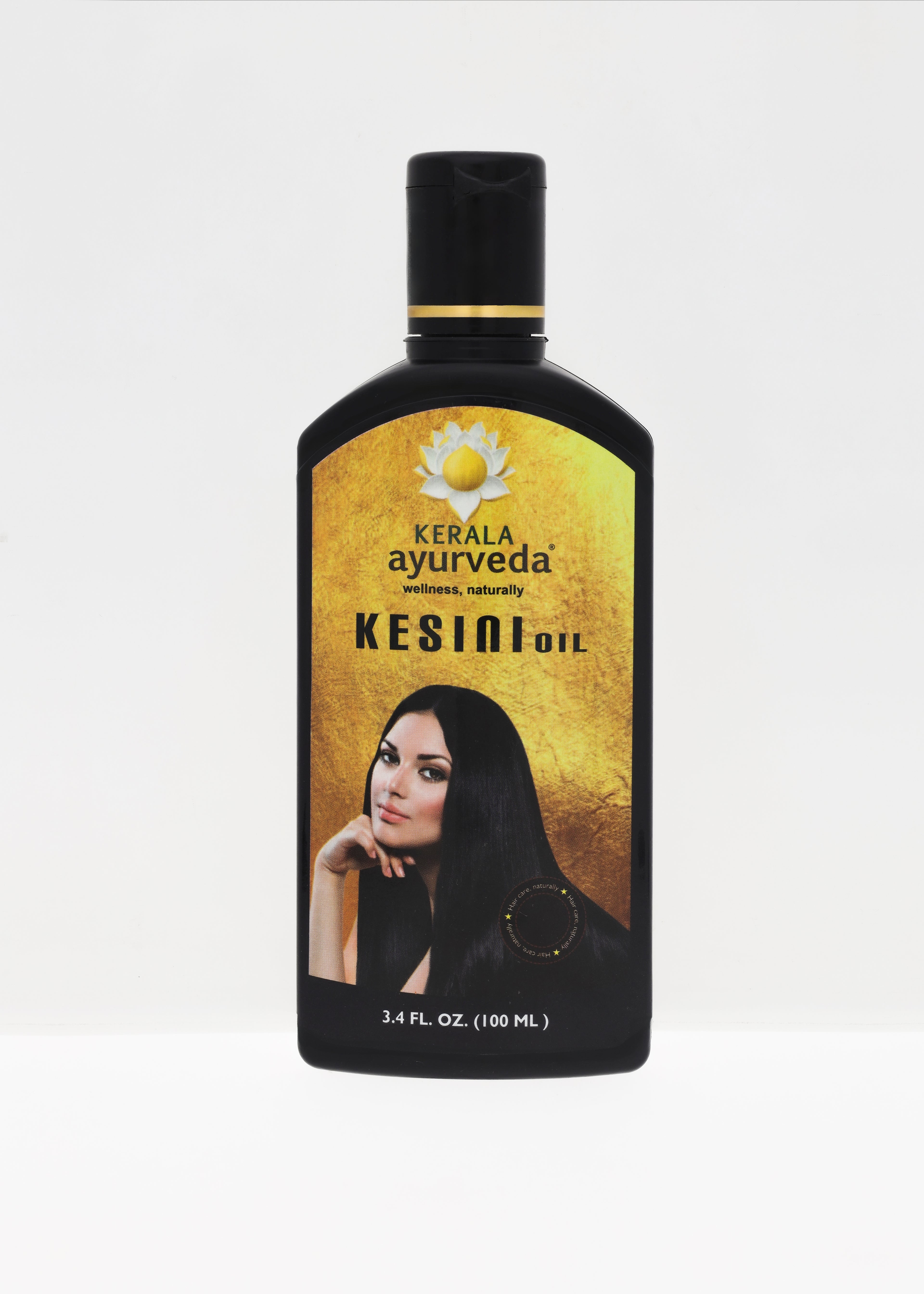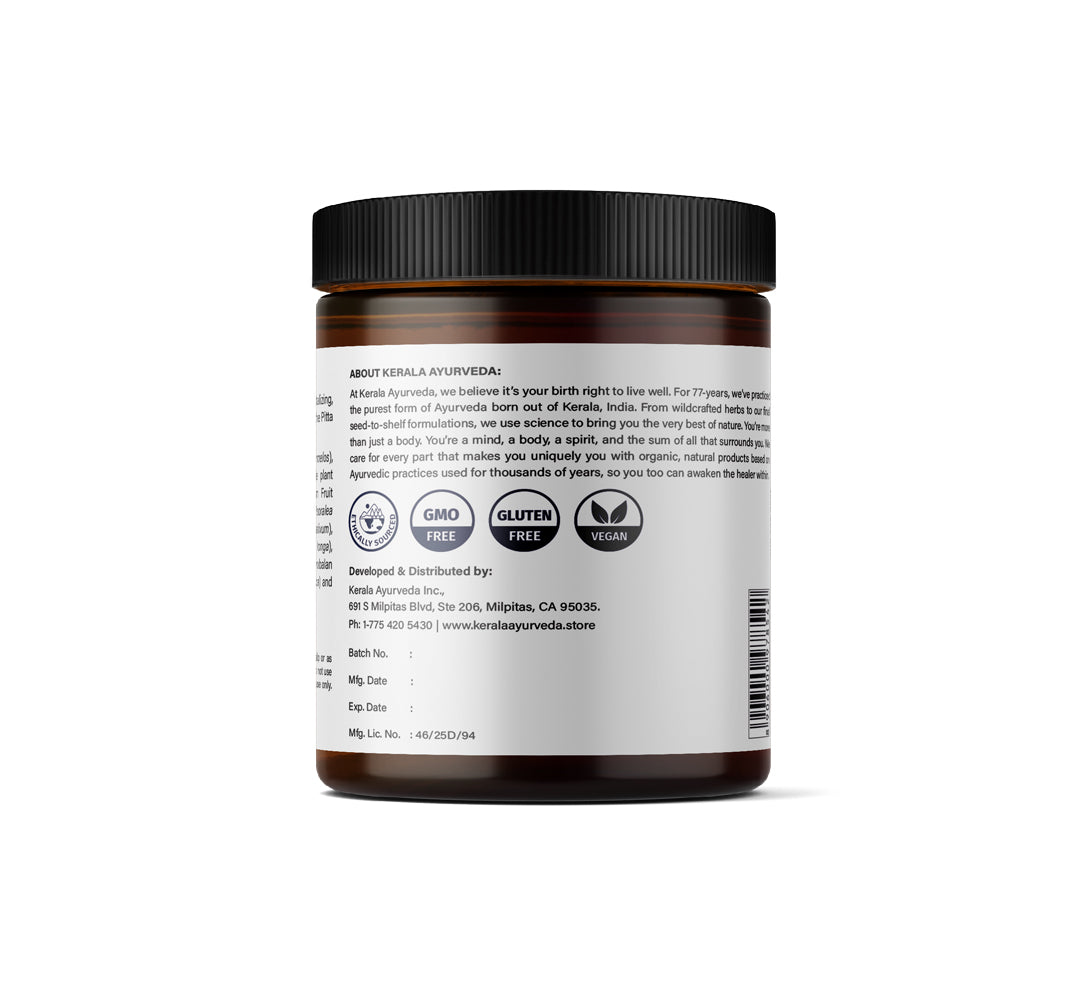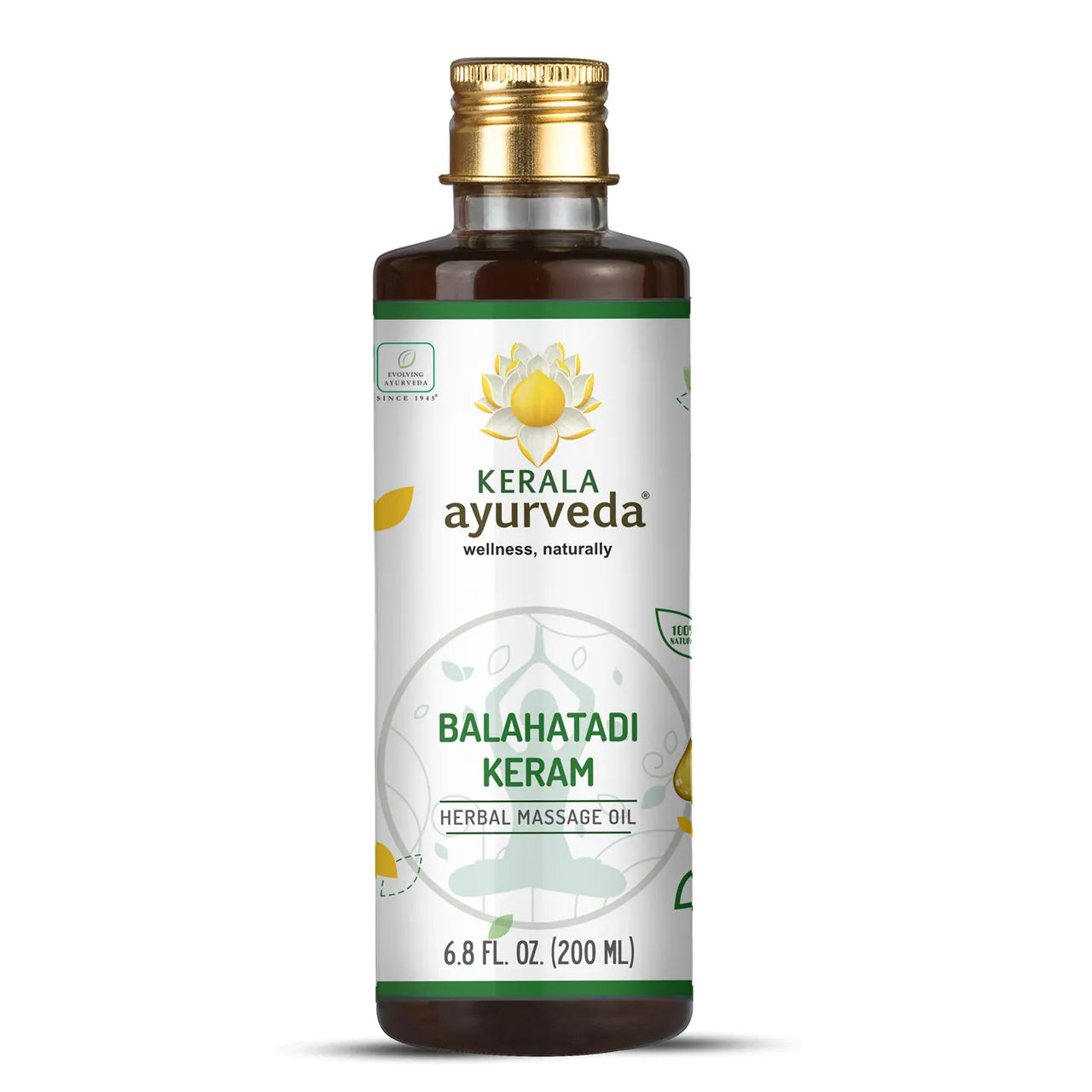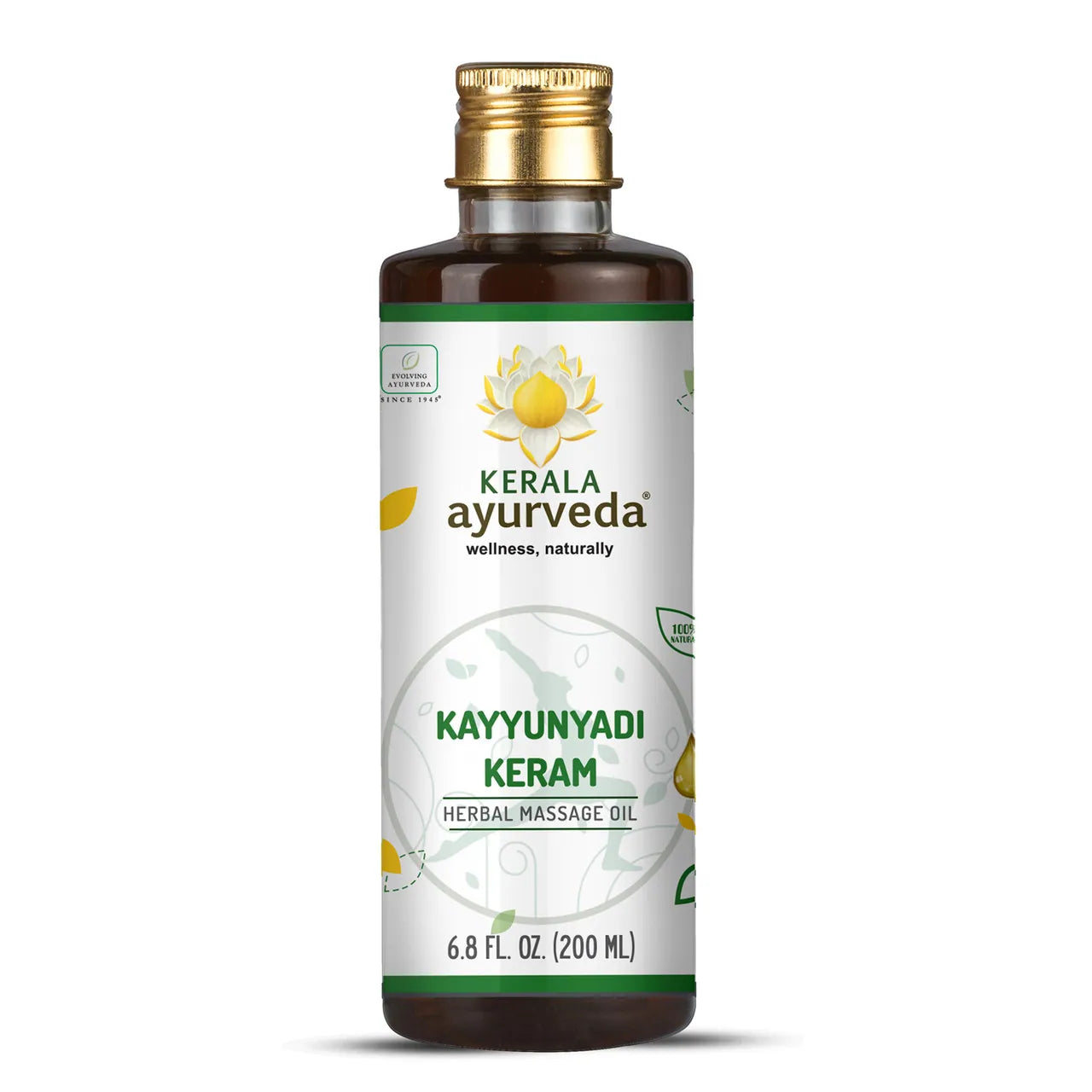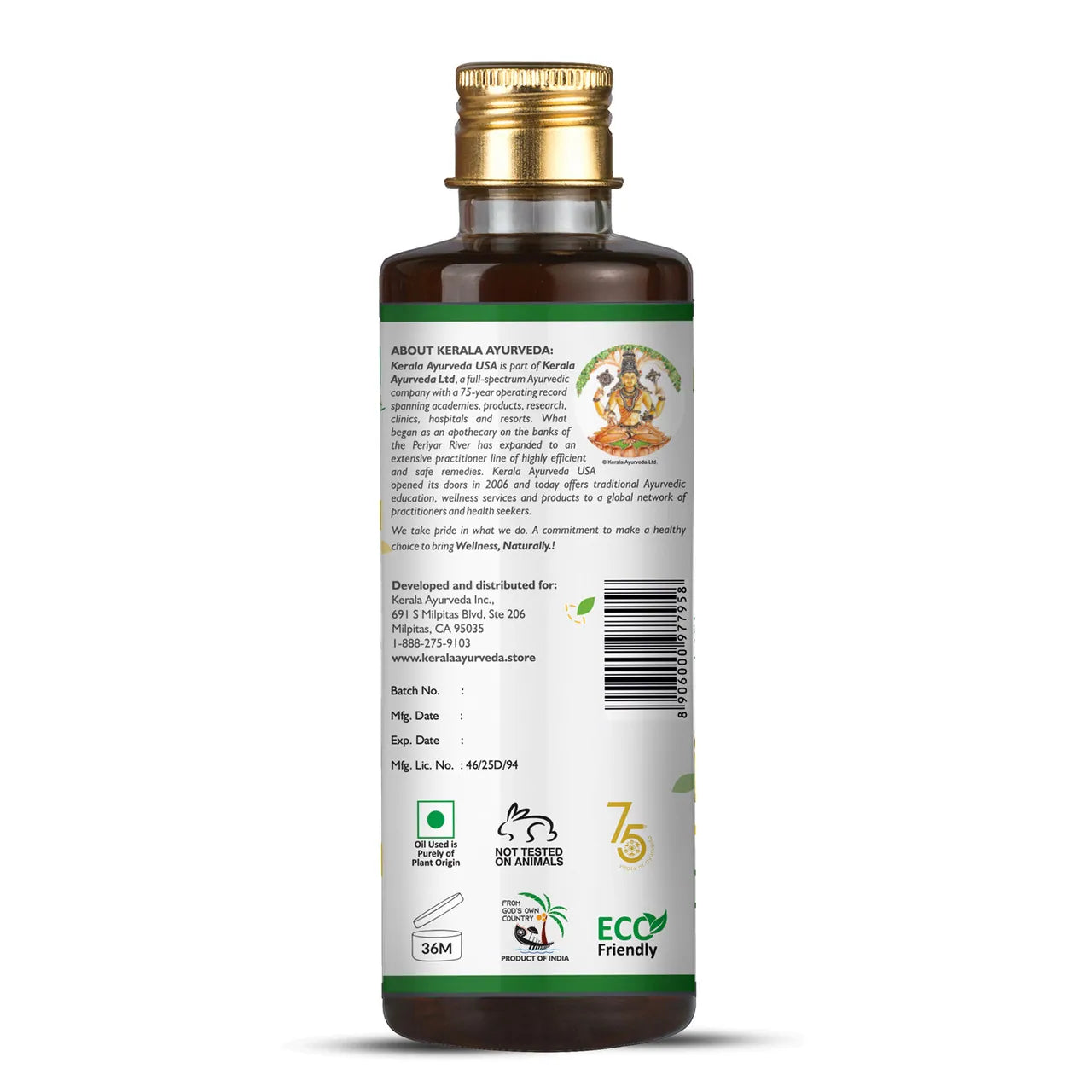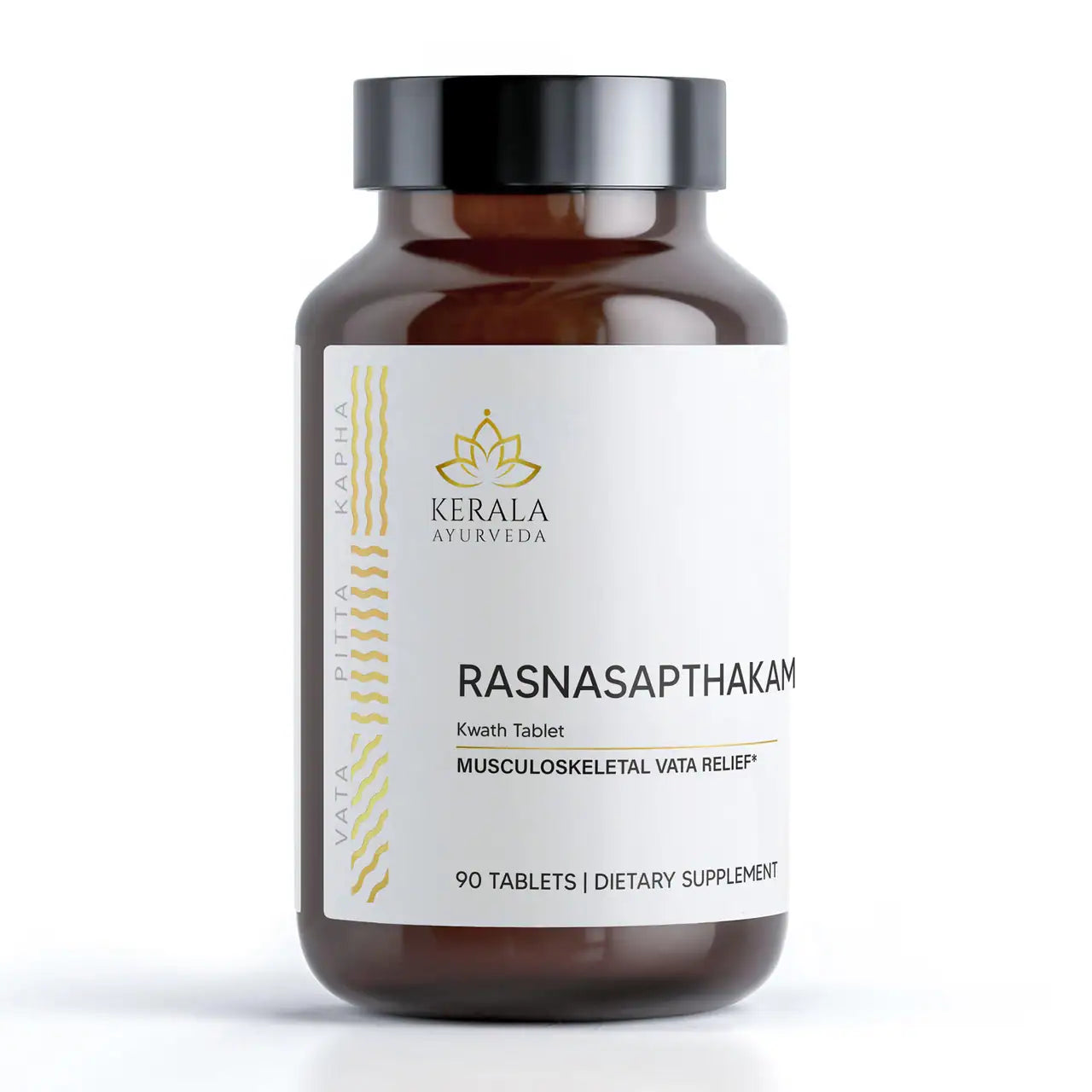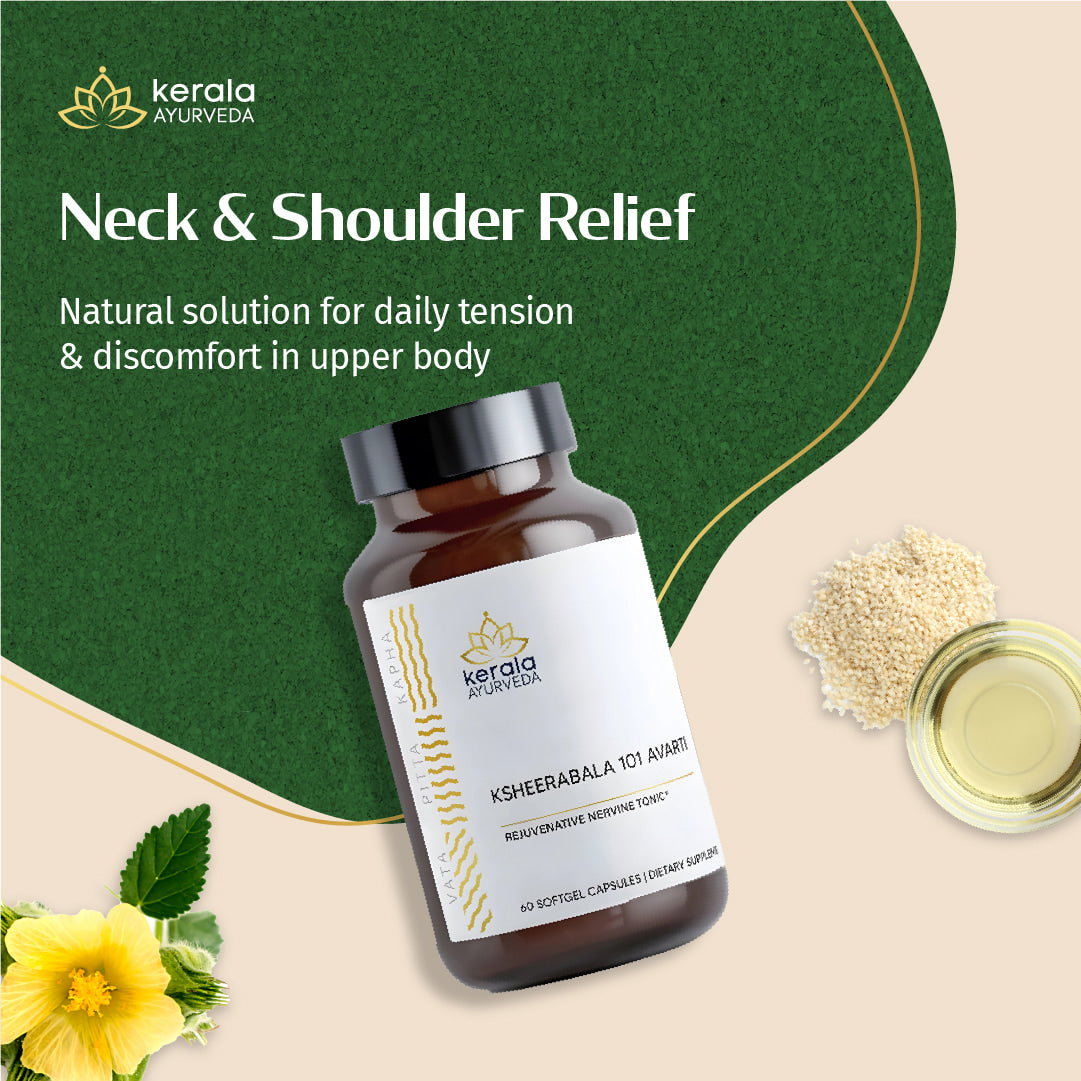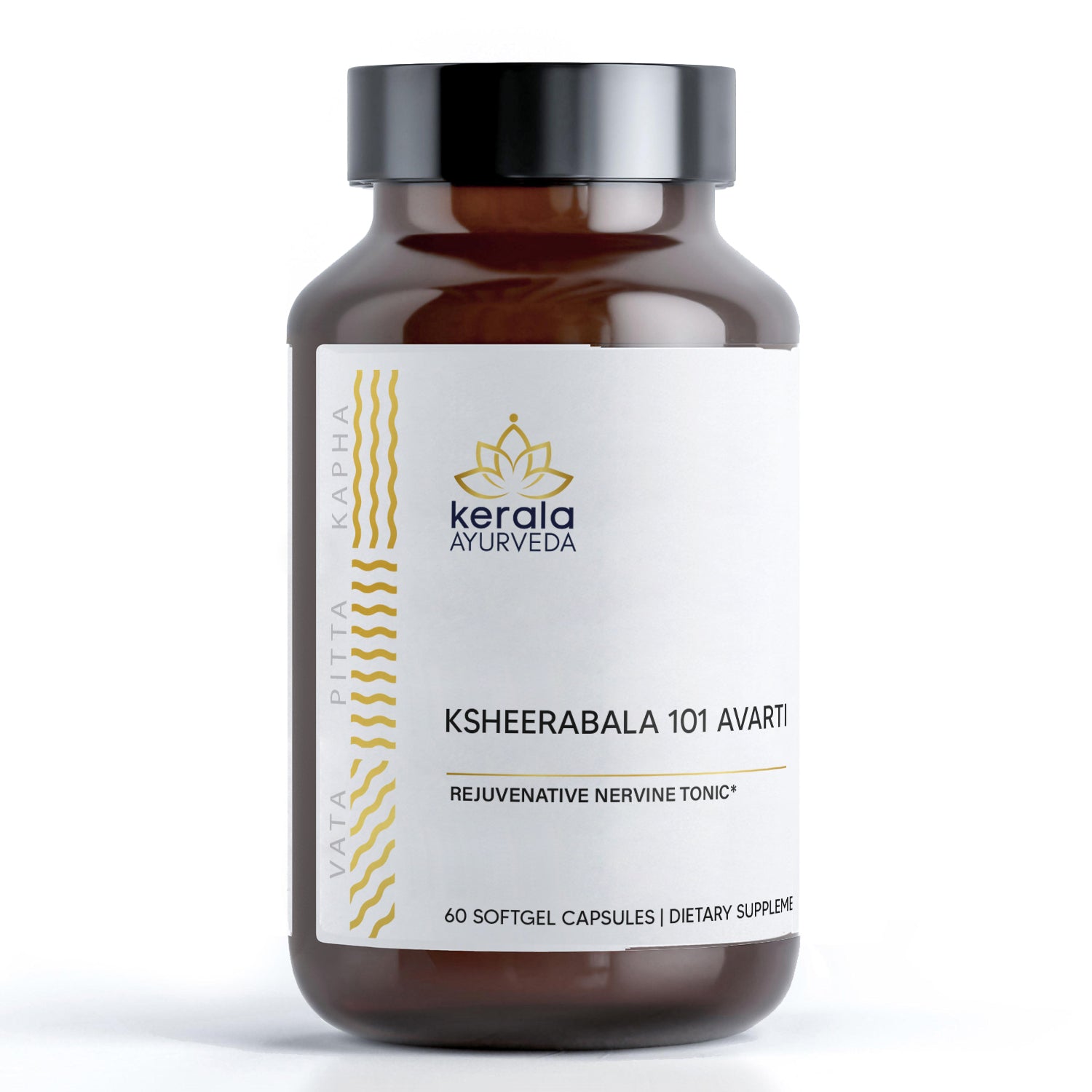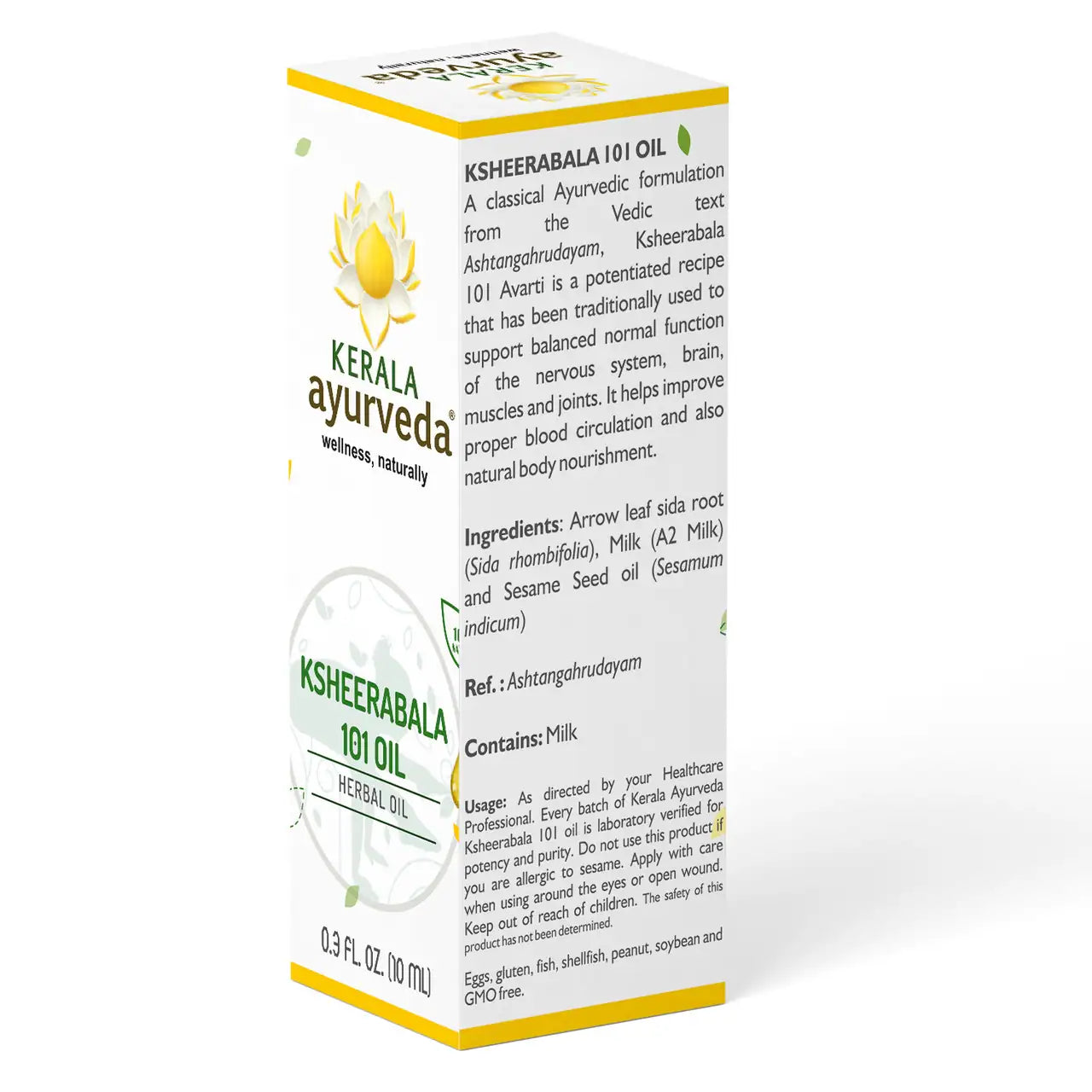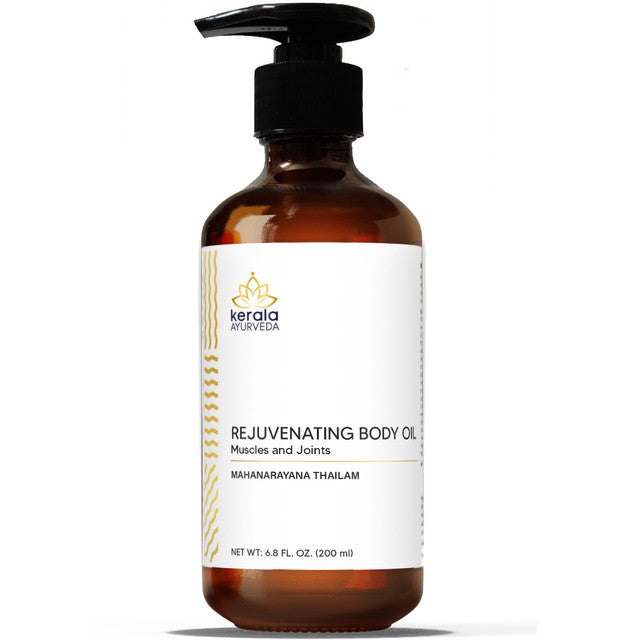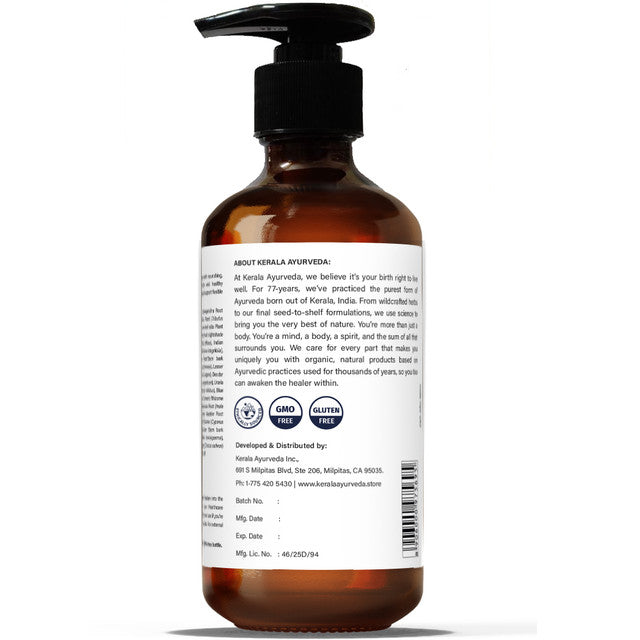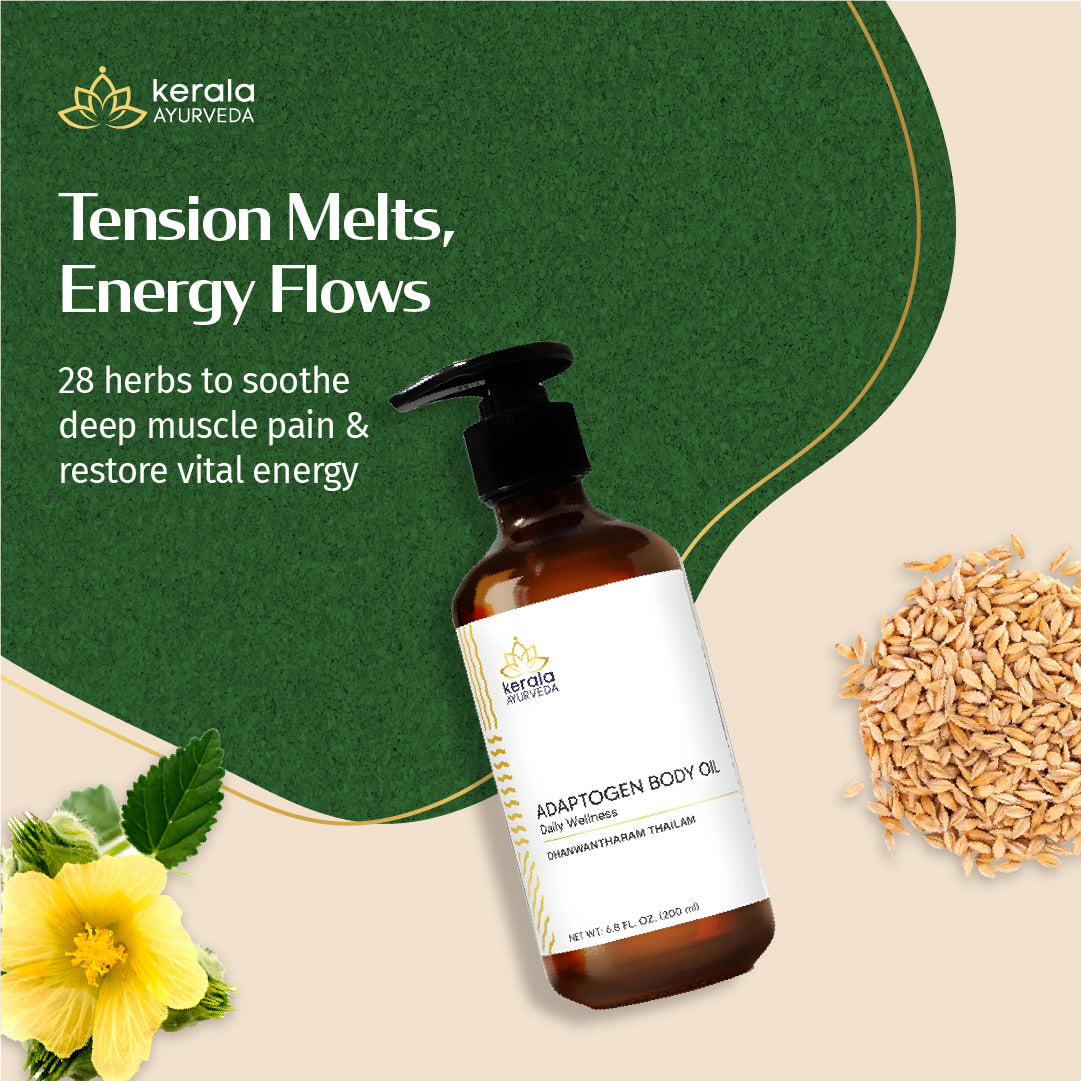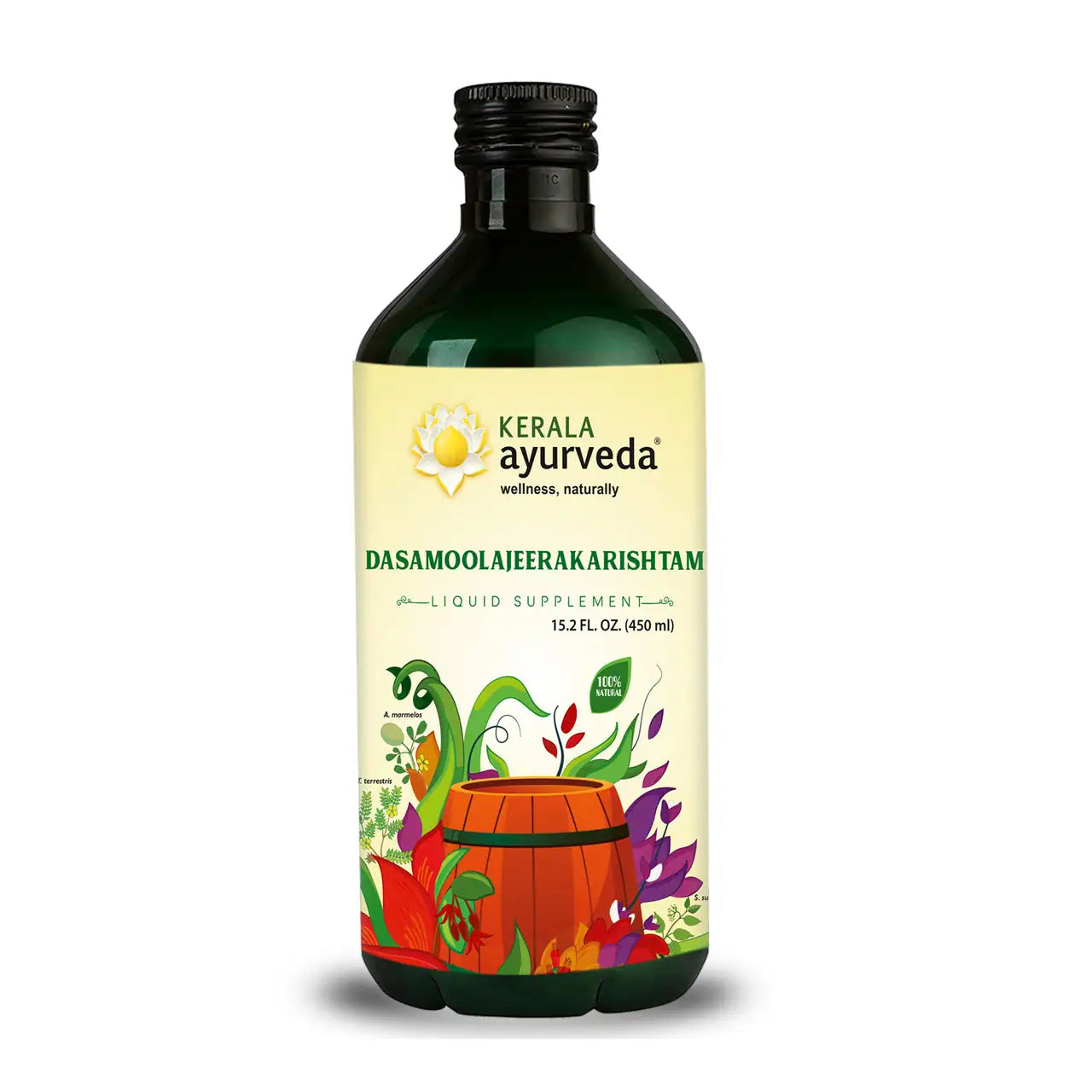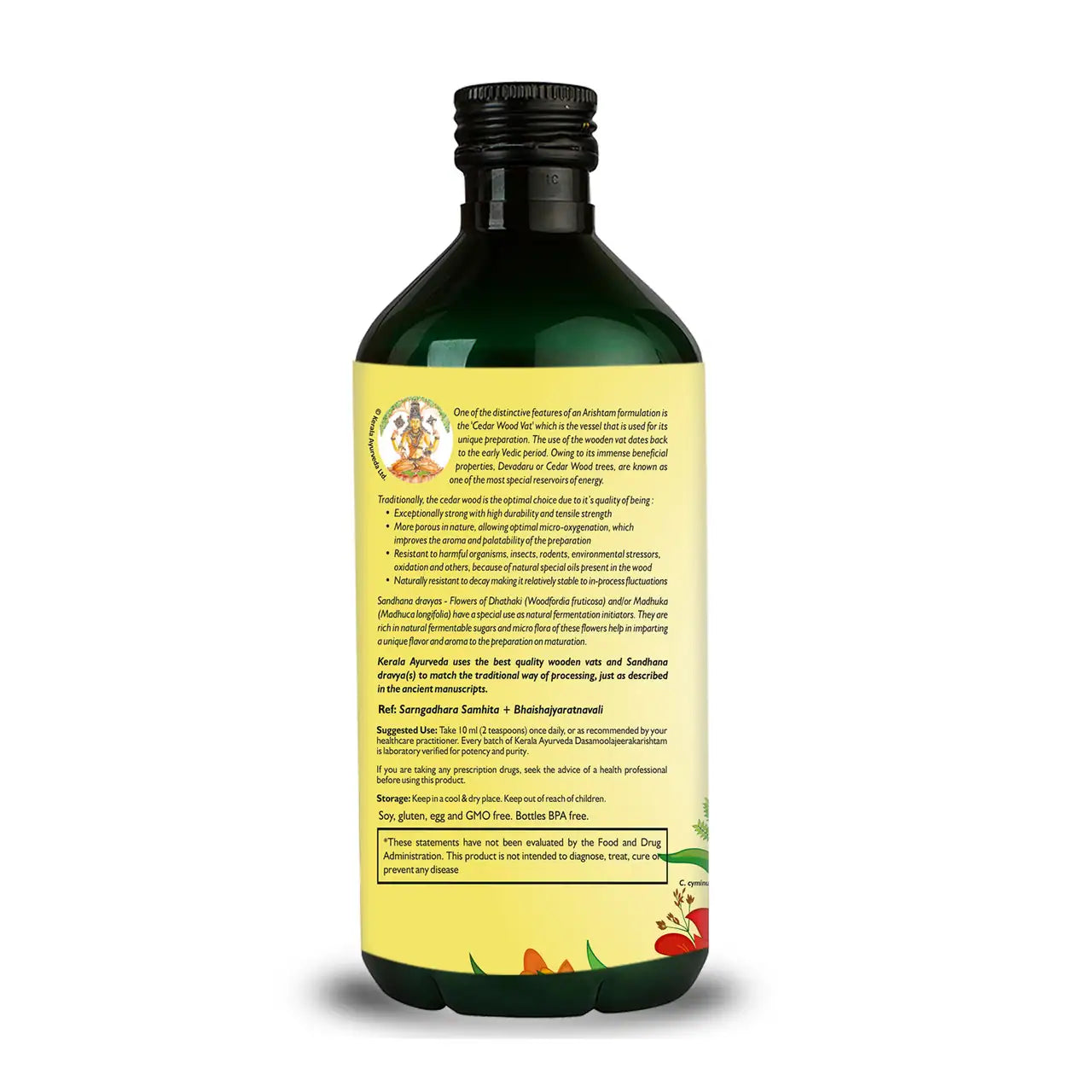Highlights
As leaves begin their graceful descent and crisp air replaces summer warmth, we find ourselves in one of nature's most beautiful transitions. Fall brings cozy sweaters, warm beverages, and a noticeable shift in how our bodies feel. In Ayurveda, this season corresponds to Vata (Air energy) time, when the qualities of wind and space become dominant in both nature and our bodies.
If you live in Northern climates, you know this transition is not subtle. One day you are enjoying warm summer weather, and seemingly overnight, cool winds arrive, temperatures drop, and the environment becomes noticeably cold, dry, and light with less humidity. This dramatic shift from hot summer to cold, windy fall creates unique challenges for maintaining balance, especially for those sensitive to Vata changes.
Ayurveda empowers us to understand these seasonal influences and make simple adjustments that keep us balanced, energized, and healthy throughout the cooler months.
What Happens to Vata During Fall Season in Northern Climates

In northern regions, Vata season typically begins in fall and extends into early winter. However, many people notice Vata beginning to increase as early as mid to late August, even while daytime temperatures remain warm. The telltale signs are cooler evenings and mornings, a different quality to the wind moving through the trees, and a shift in the air itself.
Unlike the gradual seasonal transitions described in traditional Indian texts, northern climates experience more of a dramatic shift rather than a subtle transition. This rapid change from summer heat to autumn cold requires skillful awareness and proactive care.
The Pattern of Vata Through Northern Seasons
Late Summer (August): Vata begins its subtle accumulation. The air starts to cool in evenings and early mornings, even though days may still be hot and humid. Those with Vata constitution or existing Vata concerns often feel these changes in both mind and body during this early transition period.
Fall (September through November): This is the peak Vata season. The environment becomes cold and windy, with weather alternating between rainy spells and dry periods as strong winds quickly evaporate moisture from the atmosphere. Leaves fall, the ground turns brown, and the qualities of light, dry, cool, rough, and mobile become predominant in nature and within our bodies.
Early Winter: As winter progresses with frigid temperatures, high winds, and dry conditions sweeping across much of the US, Canada, and Northern Europe, Vata can continue to be aggravated without proper care.
The key principle in Ayurveda is this: when Vata increases in the environment around us, Vata within us is likely to increase as well. During seasonal transitions and especially in fall, our bodies often become constipated, dry, cold, tight, and sore, while in the mind, Vata can manifest as anxiety, sleep changes, and feeling scattered.
Why Northern Climates Require Extra Attention
In northern climates, the doshas (three energies vata, pitta, kapha) are vulnerable to seasonal transitions, and balance is of utmost importance because the change is more dramatic than subtle. Many people report doing wonderfully all summer, and then suddenly experiencing anxiety, constipation, and poor sleep seemingly out of nowhere.
In reality, these symptoms arise directly from the elements of air and ether that comprise Vata. The dramatic environmental shift from hot to cold, humid to dry, and calm to windy creates a perfect storm for Vata aggravation.
Recognizing Vata Imbalance: Simple Signs Your Body Gives You

Vata imbalance can show up in numerous ways, affecting both body and mind. Here are the most common signs to watch for:
Physical Signs of Vata Imbalance:
- Dryness everywhere: Dry skin, hair, lips, joints, and digestive tract leading to gas, bloating, and constipation
- Feeling cold: Constant chilliness, poor circulation, cold hands and feet, and strong craving for warmth
- Irregular digestion: Constipation, gurgling sounds in the belly, and feeling of fullness or rigidity in the intestines
- Body discomfort: Tight muscles, twitches, tremors, fidgeting, aches and pains that move around, numbness or tingling
- Sleep and energy problems: Light interrupted sleep, difficulty falling or staying asleep, fatigue, weakness, and weight loss
- Other signs: Palpitations, ringing in ears, joint stiffness or cracking, hair loss, and sensitivity to loud noises
Mental and Emotional Signs:
- Anxiety and worry: Nervousness, panic attacks, excessive worrying, and racing thoughts that cannot be turned off
- Mental fog: Difficulty concentrating, forgetfulness, confusion, and feeling scattered, spacey, or ungrounded
- Mood changes: Restlessness, feeling overwhelmed, dizziness, depression, and shakiness
-
Communication shifts: Excessive or rapid talking, disorganized speech, or alternatively, hoarseness and loss of voice strength
Why These Symptoms Occur: Understanding Vata's Nature

Vata is composed of Air and Space elements, which explains why its imbalance creates these specific symptoms. Think of Vata like wind in nature:
- Dryness: Just as wind dries a wet cloth, excess Vata dries the moisture in our bodies, leading to dry skin, constipation, and rough tissues.
- Movement: Wind is always moving, so excess Vata creates tremors, restlessness, racing thoughts, and difficulty settling down.
- Coldness: Wind often feels cold, which is why Vata imbalance makes us feel chilly and crave warmth.
- Lightness: Air is light, so excess Vata can cause weight loss and a feeling of being ungrounded.
- Irregularity: Wind blows in unpredictable patterns, mirroring the erratic sleep, digestion, and mood changes we experience with Vata imbalance.
Vata governs all movement in the universe, whether that is respiration, bowel movement, digestion, or the movement or stillness of our minds. Therefore, Vata is of primary importance for everyone as it is the movement or lack of movement behind everything.
Simple Ways to Prevent Vata Imbalances

Prevention is the cornerstone of Ayurvedic wellness. Here are practical, easy to implement strategies for keeping Vata balanced during fall and throughout the year.
Embrace Opposite Qualities
The fundamental principle for balancing any energy is to introduce its opposite qualities. Since Vata is cold, dry, light, rough, and mobile, we balance it with:
- Warmth instead of coldness
- Moisture instead of dryness
- Heaviness instead of lightness
- Smoothness instead of roughness
- Stability instead of excess movement
Nourishment and Lifestyle Strategies for Northern Climates

Food Strategies
Choose the Right Tastes: Sweet, sour, and salty tastes naturally calm Vata, while pungent, bitter, and astringent tastes increase it. Focus on sweet foods like cooked whole grains and root vegetables, sour foods like fermented vegetables and citrus in moderation, and appropriate amounts of salt. Reduce very spicy foods, limit excess bitter greens, and be moderate with beans and legumes as they are drying.
Favor Warm, Moist, Grounding Foods: Choose warm, moist, well cooked, highly nourishing foods such as soups and stews, roasted root vegetables and hard winter squash like butternut and acorn. Root vegetables are especially grounding because they grow beneath the earth. Add healthy oils like sesame, olive or coconut to meals, favor warm herbal teas, and select foods that are as close to their natural state as possible. Avoid cold, raw, dry foods like crackers and salads.
Lifestyle Strategies

Build Routine and Warmth: Create stability by eating meals and sleeping at the same time every day. Keep your head, ears, and neck covered and your feet warm using hats, scarves, turtlenecks, and wool socks. Avoid drafts and cold air from the neck up. Take warm baths or showers and keep your living space comfortably warm.
Choose Gentle Movement and Rest: Focus on slow, gentle, restorative practices like walking, hiking, biking, gentle yoga, and moderate cardio. Avoid excessive or intense exercise. Prioritize adequate sleep, avoid staying up late, and create a calming bedtime routine. Take extra time for self care, as an ounce of prevention will go a long way.
Support Your Nervous System: Never suppress natural body urges such as urination, bowel movements, passing gas, sneezing, or yawning, as suppression significantly aggravates Vata. Limit screen time by fifty percent and shut down technology at dinner time to reclaim your private life. Practice diaphragmatic breathing to calm the nervous system, reduce anxiety, and create groundedness. This simple practice of breathing deeply into the belly transforms your response to stress.
Connect with Nature and Seasonal Rhythms: Immerse yourself in the outdoors during fall to stay connected with seasonal rhythms while building resilience. Follow Ritucharya (seasonal regimen) by gradually transitioning between seasons. During the last seven days of one season and first seven days of the next, slowly shift your habits to align with the upcoming season. This is especially important in northern climates where seasonal transitions require skillful care to prevent excess Vata from the dramatic effects of sudden environmental changes.
Herbal Support for Vata Season
Traditional Ayurvedic herbal formulations can provide additional support for calming, grounding, and balancing Vata during the fall and winter months. Two time-tested formulations are particularly beneficial during Vata season.

Adaptogen Body Oil (Dhanwantharam Thailam) This traditional herbal oil is specifically formulated to balance Vata. The warming and nourishing properties of Dhanwantharam Thailam help combat the dryness and coldness of the season when applied through gentle self massage followed by a warm shower or bath. Daily application supports relaxation, grounds scattered energy, and provides deep nourishment to dry skin and tissues. This oil is ideal for incorporating into your daily routine during the cooler months.
Learn more: Adaptogen Body Oil (Dhanwantharam Thailam)

Dasamoolarishtam This traditional Ayurvedic herbal liquid is known for its ability to support Vata balance from within. Dasamoolarishtam helps promote healthy digestion, supports comfortable joint function, and provides grounding energy. Its warming qualities make it particularly beneficial during Vata season when the body needs extra support to maintain balance and vitality.
Learn more: Dasamoolarishtam
These products complement the food and lifestyle practices discussed above, offering additional support during the challenging seasonal transitions of northern climates.
When to Seek Support
For those in colder climates, a seasonal Ayurvedic consultation for the summer to autumn transition is key to maintaining balanced Vata and maintaining health through the long, cold, windy, dry winter.
If you notice persistent symptoms of Vata imbalance despite making these lifestyle adjustments, consider consulting with an Ayurvedic Health Practitioner. Early intervention prevents simple imbalances from progressing to more complex health concerns.
Ayurvedic approaches for addressing significant Vata imbalances may include specialized herbal formulations, oil therapies, and medicinal enemas (Basti), which are particularly effective for deeper Vata related concerns.
The experienced practitioners at Kerala Ayurveda Wellness Center understand the unique challenges of maintaining balance in northern climates. They can provide personalized guidance tailored to your individual constitution and current state of balance, helping you navigate the seasonal transitions with greater ease and vitality.
Embrace the Season with Awareness

Fall is a season of transition, reflection, and preparation. By understanding how Vata influences our bodies and minds during this time, we can make conscious choices that support our wellbeing. The wisdom of Ayurveda teaches us that we are intimately connected with nature's rhythms, and by honoring these connections, we cultivate lasting health and vitality.
We need to stay in front of dramatic seasonal changes in northern climates. When we create resilience within ourselves through food, lifestyle, and awareness, we can navigate these transitions with inner stillness.
Remember, small, consistent changes make the biggest difference. Start with one or two practices that resonate with you, and gradually build your seasonal wellness routine. Your body has innate wisdom and will respond beautifully when you provide what it needs during each season.

Ayurvedic References
The information in this article is based on Ayurvedic texts including:
- Charaka Samhita Sutrasthana 20/9-11 (Vata imbalance conditions)
- Charaka Samhita Sutrasthana 12/8 (Vata increase symptoms)
- Sushruta Samhita Sutrasthana 15/7 (Vata decrease symptoms)
- Sushruta Samhita Sutrasthana 15 (Vata increase symptoms)
- Ashtanga Hrudaya Sutrasthana 11/6 (Vata imbalance symptoms)
- Ashtanga Hrudaya Sutrasthana 11/15 (Vata decrease symptoms)




